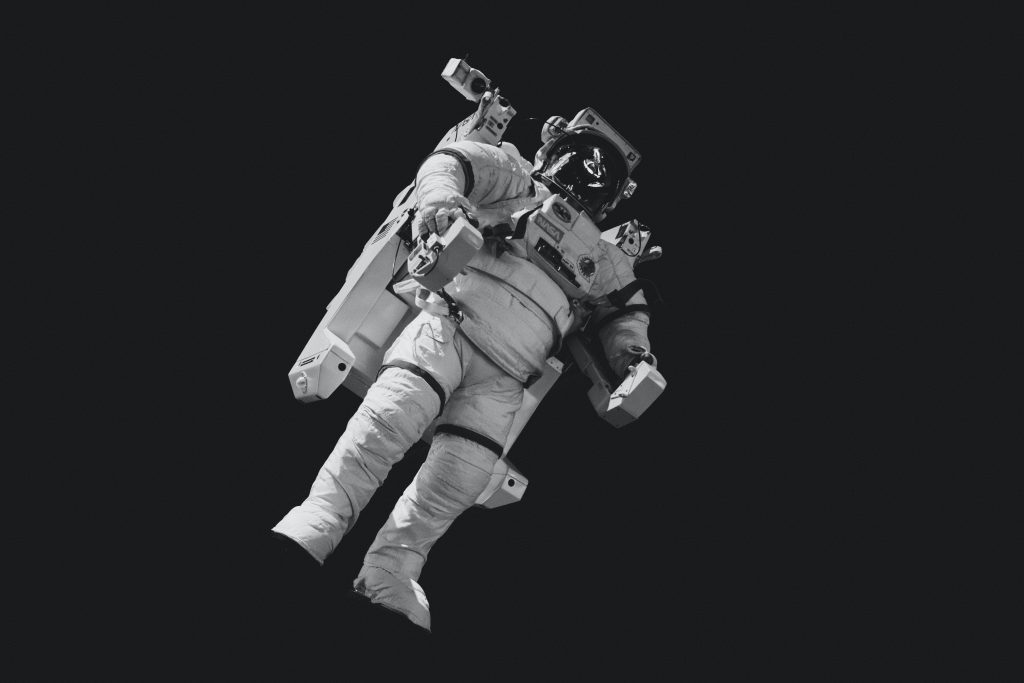The year 2021 is surely an exciting one for all space science enthusiasts, given the success of UAE’s HOPE mission and the Perseverance rover mission by NASA. However, the first step towards colonizing Mars would be to send astronauts to the red planet.
To achieve this, we would need a space shuttle for transport and a spacesuit for protection from cosmic radiation. Investigators of the present study employed biological as well as physical principles to investigate materials for an intravehicular (worn inside space vehicles) spacesuit and a “storm shelter” that would minimize radiation exposure to astronauts during a mission to Mars.
Will a spacesuit be enough to protect an astronaut? There are two types of radiation that an astronaut has to deal with — galactic cosmic radiation and solar particle events. Galactic cosmic radiation, sometimes called cosmic rays, are waves of protons and other high energy particles. Solar particle events are instances in space when protons shoot out of a star, like the Sun.
Solar particles are easier to shield than the high-energy particles in cosmic rays. Furthermore, high energy particles from cosmic rays can penetrate all current shielding materials. Current research is aimed at investigating materials that could minimize an astronaut’s exposure to both solar particles and cosmic rays.
To pursue this question, the researchers used NASA’s OLTARIS space radiation modeling tool to simulate radiation exposure on over thirty-two potential shielding materials. To mimic space travel conditions, shielding materials were subjected to radiation exposure similar to what would be encountered when making a 360-day return trip from Mars.

Living underground in lava tubes on Mars is another way to limit radiation exposure. Source: Wikimedia Commons
The researchers measured the ability of each material to resist cosmic ray particles and solar particles. Parameters used to assess the shielding efficacy of materials included its ability to reduce the radiation dose during a GCR and an SPE. Investigators also tested the shielding efficacy of a storm shelter filled with liquid fuel, which was designed to protect the occupants from violent cosmic storms.
At standard conditions, gases (i.e. O2 and CO2) performed poorly as a shielding material, whereas boron, graphene, and beryllium had optimal shielding efficacy. Furthermore, beryllium was considered an impractical option as it is highly flammable. Thereafter, shielding materials were heated and then cooled. This is a process called “normalization” and its purpose is to make materials more ductile, or sturdy.
When shielding materials were normalized to 10g/cm2, 20g/cm2, and 30g/cm2 and compared; graphene and polyethylene had comparable shielding ability. Furthermore, when compared with unshielded exposure to radiation; graphene reduced cosmic ray exposure by 34%. Surprisingly, a storm shelter was able to reduce the effective radiation dose by 98.8%.
The authors discussed other risk factors to radiation exposure in space flight. These include launch, travel, and factors affecting habitation on Mars. To address these, the authors recommended that:
- Deep space missions should take place during periods of greatest sun activity as this would reduce exposure to 2 GCRs. Furthermore, astronauts who express genes responsible for radiosensitivity or who are prone to psychological stress or sleep deprivation should be excluded from such missions.
- Graphene-based fibers should be integrated with existing skin suits for protection against cosmic radiation.
- Spacecraft can have a solar flare telescope installed, which could alert the crew of an advancing solar particle event. Based on the principle that a higher energy particle takes minutes to reach the spacecraft and vice versa, astronauts can alter the speed of the spacecraft to avoid damage from incoming radiation.
- Astronauts should maintain their circadian rhythm by sticking to a sleep schedule and controlling how much they are exposed to light.
- Future Mars missions should designate lower altitude locations for any Mars habitats, including underground structures such as lava tubes to facilitate shielding from cosmic radiation.
The authors conclude that the integration of graphene fibers into an intra-vehicular space suit and inclusion of a storm shelter would be a feasible method to reduce doses of incident radiation on astronauts during a future mission to Mars.


